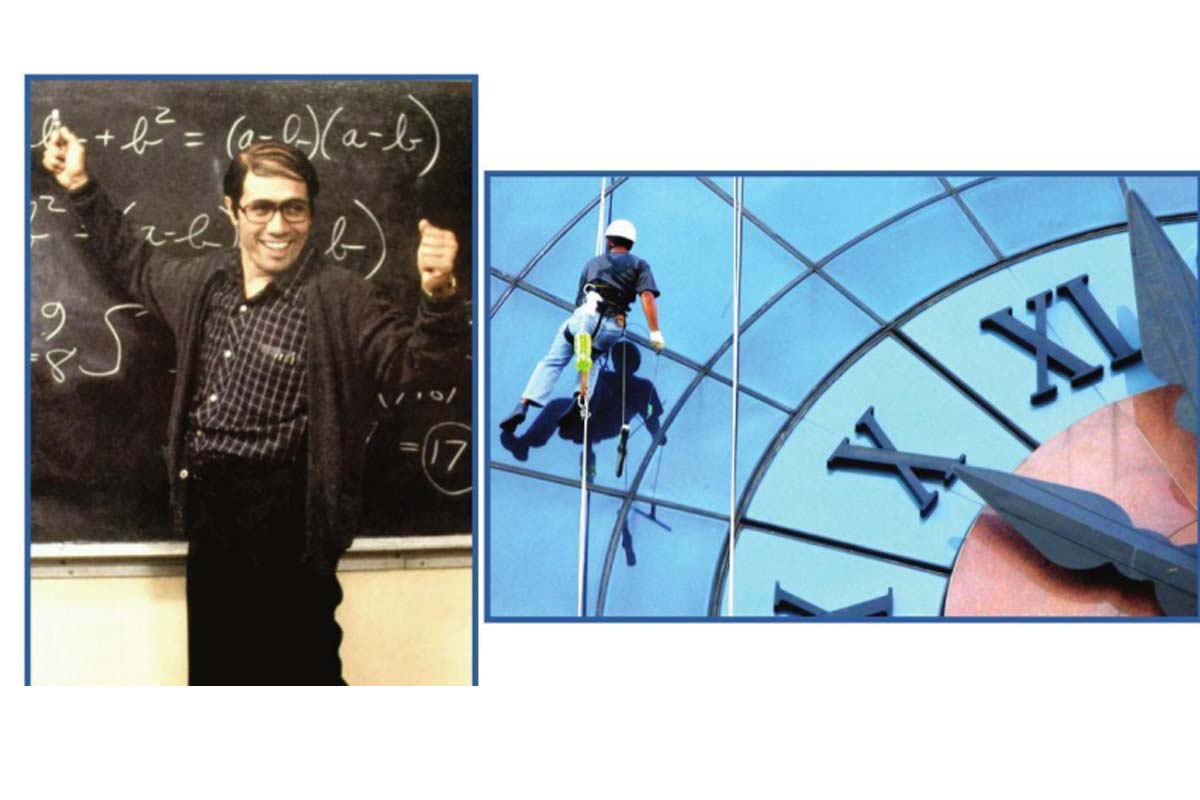While some students are reasonably good at mathematics, many find it a complex subject. Finding the value of X may be interesting for a few but often a burden for many. Mathematics is a subject that is surrounded by various misconceptions, myths and other barriers that interfere in students’ performances and keep them from scoring well.
One may ask, why something which is deeply connected to our daily lives, be feared or considered the most dreaded subject ever. A subject, which is the basis of all sciences and is used multiple times in one’s routine, from the moment one gets up in the morning to when they go to sleep at night, one lives with and is surrounded by mathematics. As educators, it is important to address the issues, bust various myths surrounding the subject and make it more engaging and intriguing for students. Here are different myths that restrict learning opportunities for students, ways to wipe out inhibitions about mathematics and make the subject interesting.
Advertisement
BUSTING MYTHS
The biggest myth is that success in mathematics only comes to those born as “math people” whereas fact is that mathematics pathways, like any other subject, develop in the brain through learning and practice. Improvement is needed on every level from teachers’ and students’ perspectives to teachers’ instructional practice. Another common misconception is that mathematics requires brilliance or raw intellectual talent. This myth has far-reaching consequences for many students’ success, especially girls and those coming from ethnic minority backgrounds, because minorities and women are often stereotyped as lacking brilliance. It must be highlighted that one of the most widely read books about mathematics comes from a woman named Shakuntala Devi, who belonged to a rural background. Another example is Raman Parimala, who is known for her contributions to algebra. A few other misconceptions include only some students can grasp high-level mathematics; one needs to be able to calculate fast; it requires a lot of memorisation, and that a student is intelligent only if he or she is math-smart.
MATHEMATICS IN THE DIGITAL ERA
The growing use of digital technology in educational contexts has become prominent in recent years. It is exciting to witness how the Internet is transforming mathematics in classroom and pedagogy. Educators are leveraging digital tools to effectively teach mathematical concepts and problems to students with the use of fun animations, enabling learners and teachers to explore complicated mathematical ideas in more tangible ways. The majority of the student and teacher fraternity has enthusiastically accepted this new model. In the near future, one might see schools coming up with interactive and innovative ways of digital learning. When the suddenness of the pandemic put a thrust on e-learning, the focus was more on access to e-learning as technology without equity will not lead to effective education for all children. What began as a rescue from the crisis might become a new way of teaching and learning as educational institutions across the country are taking the situation as an opportunity to strengthen digital infrastructure.
KEEPING STUDENTS MOTIVATED
The most critical aspect of any curriculum and one of the most important ways to bust various myths in students’ minds is to motivate them to be receptive. Teachers must focus attention on both motivated as well as less interested students. Here are a few ways to keep them engaged and inspired:
Identifying the gaps
Educators must dramatically reveal to students the gap in their understanding. It is one of the most effective ways to motivate students, and it will capitalise on their desire to learn more. For instance, a teacher can break down complex exercises to students by backing them up with simple calculations from familiar situations.
Making it challenging with rewards
Students love challenges because it gives them enthusiasm and a competitive spirit. A challenge that ends with a reward can make any student apply their best. There is nothing better than learning to solve math problems based on real life situations, with a challenging spirit, rewarded by a bonus in the end. Precaution, however, is necessary to choose the challenge wisely. The problem must be in tandem with the student’s ability to solve, leading to a helpful lesson.
Relevance in daily life
Teachers must focus on developing the interest of students in whatever they teach because the latter often wonder “Why am I learning this?” , “Will it ever be useful to me?” etc. Therefore teachers must start a lesson only after assuring that there is a genuine interest among all present in class. The applications or issues chosen should be uncomplicated and brief.
Recreational mathematics
This involves games, puzzles, paradoxes, etc. These activities or devices trigger students’ curiosity to solve and ultimately motivate and teach them specific topics. While choosing, however, one must ensure that the devices are concise and straightforward. Indeed mathematics is a tricky subject but it is undoubtedly not a hard one. The logical and critical thinking concepts learned in a mathematics class can be applied to everyday life. It is up to teachers and educational institutions to make it enjoyable, bust the myths surrounding it, evolve the existing curriculum, and make it more practical and applicable in life.
The writer is founder, Kapdec, Uttar Pradesh











